Our newest member, Bunloit Rewilding, has a bold vision. To regenerate nature, increase biodiversity, capture carbon on a grand scale and re-energise a local community’s economy, while promoting a new method of land management.
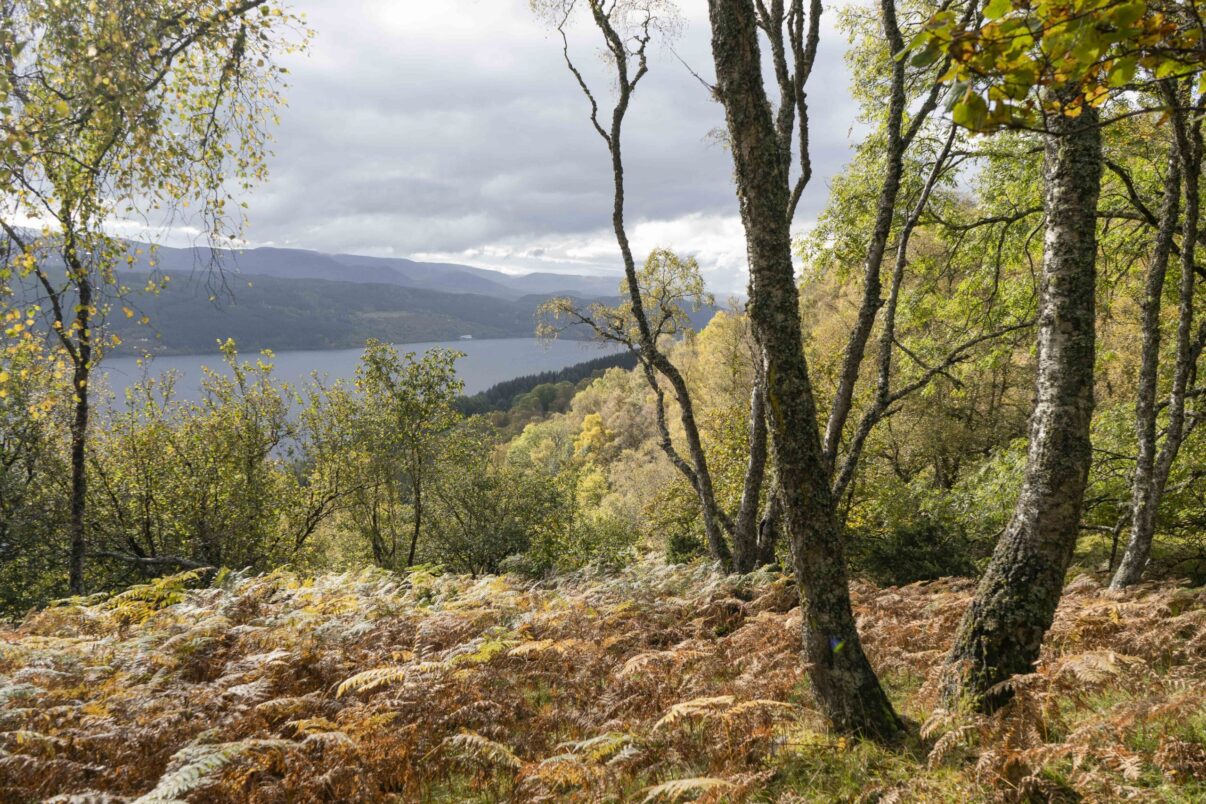
A holistic approach
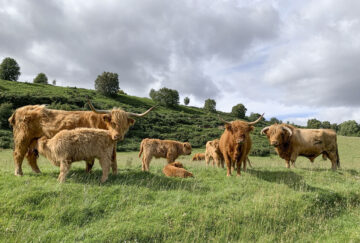
The rewilding of the 511-hectare Bunloit Estate on the western bank of Loch Ness will involve the regeneration of multiple habitats – including broadleaf and pine woodlands, peatland, grassland, marsh and meadow – alongside groundbreaking research into natural capital and nature-based solutions. Jeremy Leggett, the Executive Director of Bunloit Rewilding, hopes to build on the biodiversity that already exists on the land.
“Our pastures erupt with fauna and flora in the spring. Rewilding initiatives by Rewilding Europe, Knepp Wildland and others, offer encouragement that optimising the mix of grazers in the pastureland will lead to both greater biodiversity and increasing carbon content in our soils. This will entail a mix of Highland cattle (already on-site) and Highland ponies as a proxy for pre-historic grazing assemblages.”
In 2020, Rewilding Europe Capital, which is supported by the European Investment Bank and the Dutch Postcode Lottery, invested 75,000 euros in a Bunloit green bond to assist with the estate purchase.
Outdoor laboratory
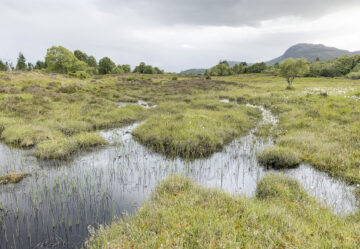
With far-reaching goals of combatting the climate and ecological crises by growing biodiversity and increasing the land’s capacity for carbon sequestration, a key facet of the estate’s plan is to turn the site into a leading open-air laboratory. Various approaches to restoration and rewilding will be explored and monitored scientifically to inform best practice in the years ahead. Non-native plantations will be removed and replaced with native species, deer will be culled; drainage ditches on peatland will be blocked and trees felled to enable re-wetting to take place, allowing more carbon dioxide to be absorbed.
Bunloit Rewilding also hopes to work with the local community to build back better from the Covid pandemic and tackle the depopulation issues in the Highlands. If the community is supportive, there is potential to create affordable housing and employment opportunities through woodland eco-building of homes and eco-enterprise workshops, in a rural version of the Green New Deal.
Construction of these zero-carbon timber buildings would use the local supply chain, including wood harvested from the estate through sustainable forestry, creating a circular economic model. Ethical profits from woodland eco-building and other nature-based solutions such as eco-tourism, sustainable forestry and natural capital credit income will be reinvested into Bunloit Rewilding’s rewilding activities.
Additionally, 10% of annual net profits from the Bunloit Rewilding Project will be donated to local communities. ‘We are thrilled to join the European Rewilding Network and are excited to work with other members in the exchange of experience and knowledge to achieve the best possible rewilding benefits,” says Jeremy Leggett.
Landscape-scale rewilding
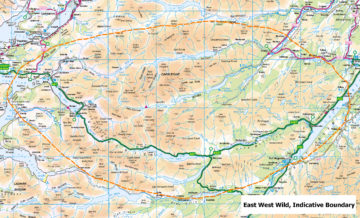
The Bunloit Estate sits on the eastern edge of the proposed East-West Wild landscape corridor, which runs westward from Loch Ness to the coast, encompassing Glens Cannich, Affric, Moriston and Shiel. The aim of the initiative is to enhance the wild nature, habitat connectivity and nature-based economy of the area by forming a coalition of landowners and communities dedicated to regenerating the land. As such, the transformation of the Bunloit Estate could act as a model (and financial mechanism) for further rewilding, while demonstrating that what is good for nature and the climate is also good for people.
A platform for exchange
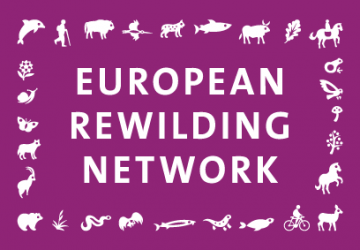 Today rewilding is gaining momentum as a progressive and effective approach to conservation in Europe. Underpinning this trend, the burgeoning ERN continues to foster collaboration and amplify results.
Today rewilding is gaining momentum as a progressive and effective approach to conservation in Europe. Underpinning this trend, the burgeoning ERN continues to foster collaboration and amplify results.
Founded by Rewilding Europe in 2013, the aim of the ERN is to enhance the efforts of each member by facilitating the exchange of skills, insight and experience. Members meet regularly, usually via webinar, while nature-based businesses can also apply to Rewilding Europe Capital, Rewilding Europe’s enterprise loan facility.
Rewilding Europe extends a warm welcome to all European rewilding initiatives that focus on practical, result-oriented rewilding and encourages them to apply for ERN membership.
